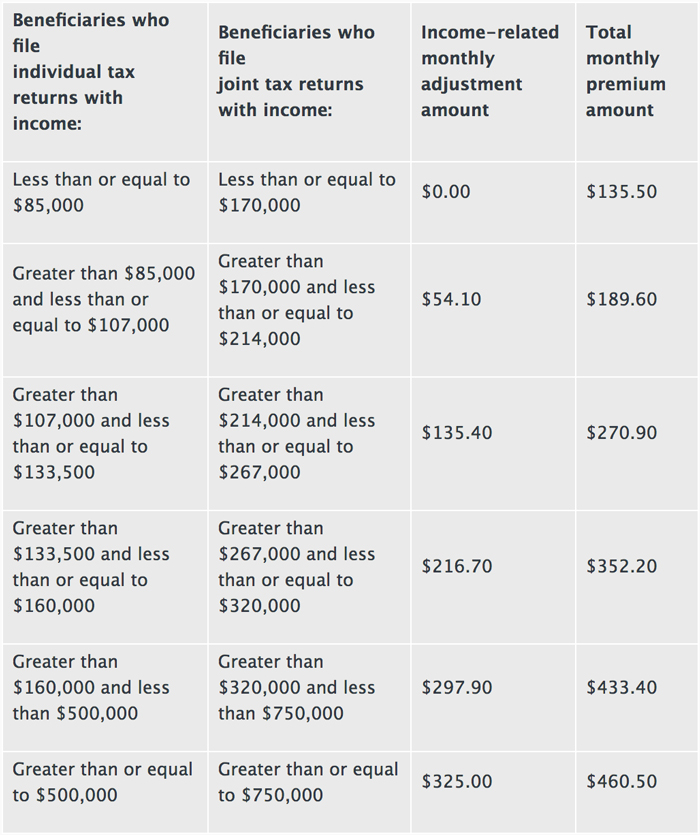New Year Financial To-Dos Help Keep You on Track
 Contributed by: Kali Hassinger, CFP®
Contributed by: Kali Hassinger, CFP®
As we settle into 2019, the fresh calendar year provides an ideal opportunity to make plans and adjustments for your future. Instead of setting lofty resolutions without a game plan in mind, might I suggest that you consider our New Year Financial Checklist? Completing this list of actionable, attainable goals will help you avoid the disappointment of forgotten resolutions in February, and you’ll feel the satisfaction of actually accomplishing something really important!
New Year Financial Checklist
Measure your progress by reviewing your net worth as compared to one year ago. Even when markets are down, it's important to evaluate your net worth annually. Did your savings still move you forward? If you're slightly down from last year, was spending a factor? There is no better way to evaluate than by taking a look at the numbers!
Speaking of spending and numbers, review your cash flow! How much came in last year and how much went out? Ideally, we want more income than spending.
Now, let's focus on the dreaded budget. Sure, budgeting can be a grind, so call it a “spending plan”. Do you have any significant expenses coming up this year? Make sure you're prepared and have enough saved.
Be sure you review and update beneficiaries on IRAs, 401(k)s, 403(b)s, life insurance, etc. You'd be surprised at how many people don't have beneficiaries listed on retirement accounts (or have forgotten to remove their ex-spouse)!
Revisit your portfolio's asset allocation. Make sure your investments and risk are still aligned with your stage in life, your goals, and your comfort level. I'm not at all suggesting that you make changes based on market headlines. Just be sure that the retirement or investment account you opened 20 years ago is still working for you.
Review your Social Security Statement. If you're not yet retired, you will need to go online to review your estimated benefit. Social Security is one of the most critical pieces of your retirement, so make sure your income record is accurate.
Of course, this list isn't exhaustive. The final step to ensure your financial wellbeing is a review with your advisor. Even if you don't work with a financial planner, at a minimum set aside time on your own, with your spouse or a trusted friend, to plan on improving your financial health. Do it even if you only get to the gym the first few weeks of January!
Kali Hassinger, CFP® is an Associate Financial Planner at Center for Financial Planning, Inc.®












